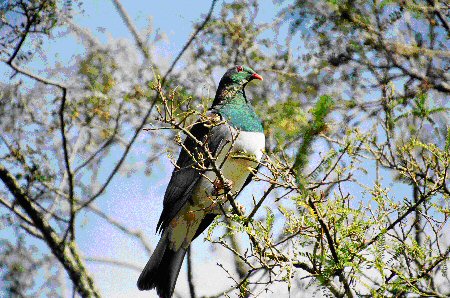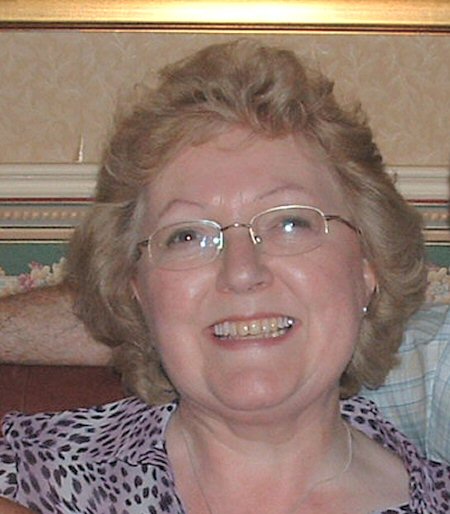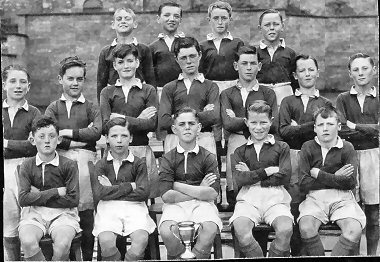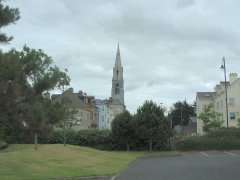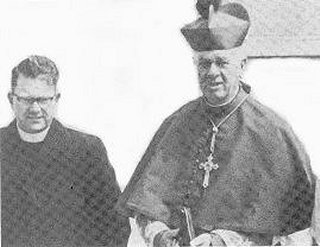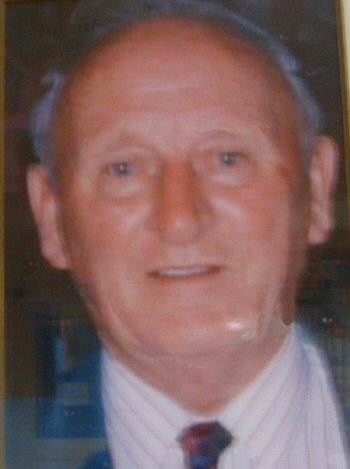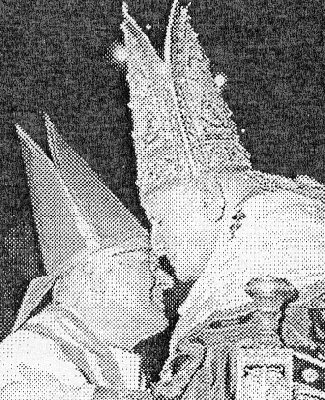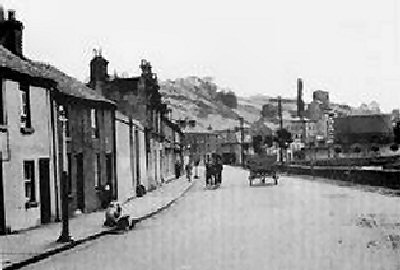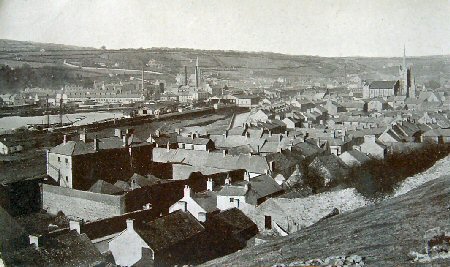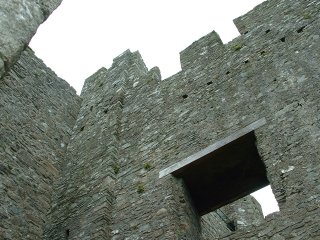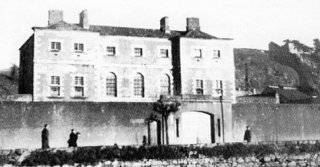Newry Mitchels GAC
The John Mitchel Gaelic Athletic Club in Newry was formed by a group of enthusiasts back in the late 50’s. Gerry Brown of Clanrye Avenue, a Physical Education teacher at the Abbey Grammar was its first Chairman and under his expert guidance the new club attained immediate success with a number of notable championships.
Creggan Poets
Wednesday Walks with Father
24th Lislea Drama Festival
The first performance in the 24th Lislea Drama Festival begins next Saturday evening…
Boys of Crossmaglen
Crossmaglen Conspiracy
The so-called Crossmaglen Conspiracy of the 1880s rocked the Liberal Government of the time, brought the resignations of Joseph Chamberlain and of O. J. Trevelyan and the return, following a general election, of a Tory Government.
Dialect ‘T’ 2
Take your wee house too!
Once inside, he put it up again and left it on the hearth to dry.
Boat Street Rooneys, Carrs etc.
Chapel Street luminaries:Jennings
